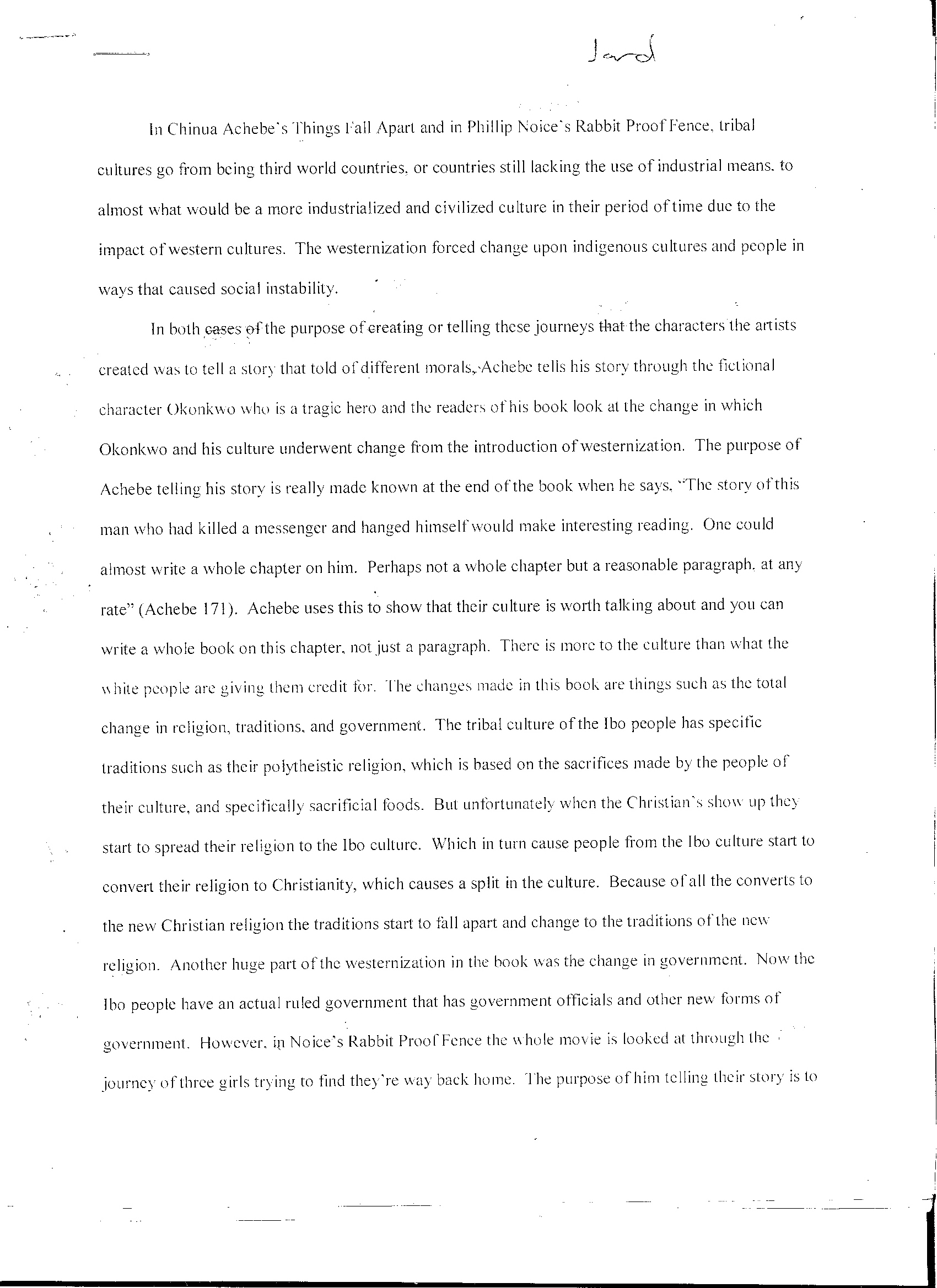Simple Present Tense in English - Grammar Rules and Notes.
Phonetics - Phonetics - Phonological rules: In the lexicon of a language, each word is represented in its underlying, or basic, form, which discounts all of the alternations in pronunciation that are predictable by phonological rules. For example, there are phonological rules that will account for the variations in the placement of stress and the alternations of vowel quality that occur in.
Allophonic variation in English consonants. Allophonic rules. express context-dependent variation in the narrow phonetic transcription associated with a phonetic unit. Same word may have different pronunciation. in different styles (e.g., careful vs. casual). in different phonetic environments.

Rules For English Allophones. STUDY. Flashcards. Learn. Write. Spell. Test. PLAY. Match. Gravity. Created by. xclusiivedee. Terms in this set (14) Rule One. A voiceless stop becomes aspirated when in syllable initial position. Voiceless stops are p,t, and k. Rule Two. A voiced obstruent becomes partially voiced when in syllable final position, except when followed by a voiced sound. Voiced.

A tonic allophone is sometimes called an allotone as in the neutral word “Mandarin.” Some examples of allophonic processes in English are retraction, lack of plosion, nasal plosion, partial devoicing of sonorants, complete devoicing of sonorants, partial devoicing of obstruents, and shortening or lengthening vowels. Origin of the term.

The simple present tense in English is used to describe an action that is regular, true or normal. We use the present tense: For repeated or regular actions in the present time period. I take the train to the office. The train to Berlin leaves every hour. John sleeps eight hours every night during the week. The President of The USA lives in The.

Morphophonemic rules are sensitive to their environment, unlike phonological rules. Whenever morphological information is required to specify the environment for an allophonic rule, the rule is morphophonemic.

Basic phonics rules help us to read and understand the English language. As a teacher of literacy, I know these rules help my students (both children and adults) with the more difficult aspects of reading, writing and speaking English. It teaches them to recognise letter patterns in words. Once they have learned them they can re-use those.

Start studying Allophonic rules. Learn vocabulary, terms, and more with flashcards, games, and other study tools.

Phonemic transcription is a particular form of broad transcription which disregards all allophonic difference; as the name implies, it is not really a phonetic transcription at all (though at times it may coincide with one), but a representation of phonemic structure.

An allophonic rule is a phonological rule that indicates which allophone realizes a phoneme in a given phonemic environment. In other words, an allophonic rule is a rule that converts the phonemes in a phonemic transcription into the allophones of the corresponding phonetic transcription. Every language has a set of allophonic rules.

As you know, there are no strict pronunciation rules in the English language, so if you see an unknown English word, you will not know how to pronounce it. The same English letter, or combination of letters, can be pronounced differently in different words.

Define allophone. allophone synonyms, allophone pronunciation, allophone translation, English dictionary definition of allophone. n. 1. Linguistics A predictable phonetic variant of a phoneme. For example, the aspirated t of top, the unaspirated t of stop, and the tt of batter are.

SQUIBS AND DISCUSSION 323 ever, this is not the case, since Syllabic Nasal Formation must apply before the other two rules. Moreover, the principle does not explain the precedence relationship between Nasal Inser-tion and Obstruent Voicing. Thus, we see that the Morpho-phonemic-Allophonic Principle does not work out in this case. References.



